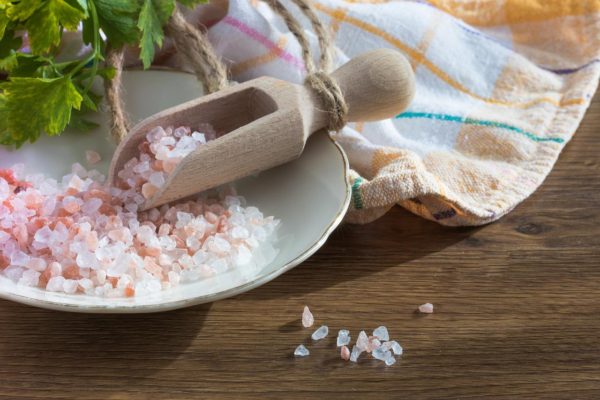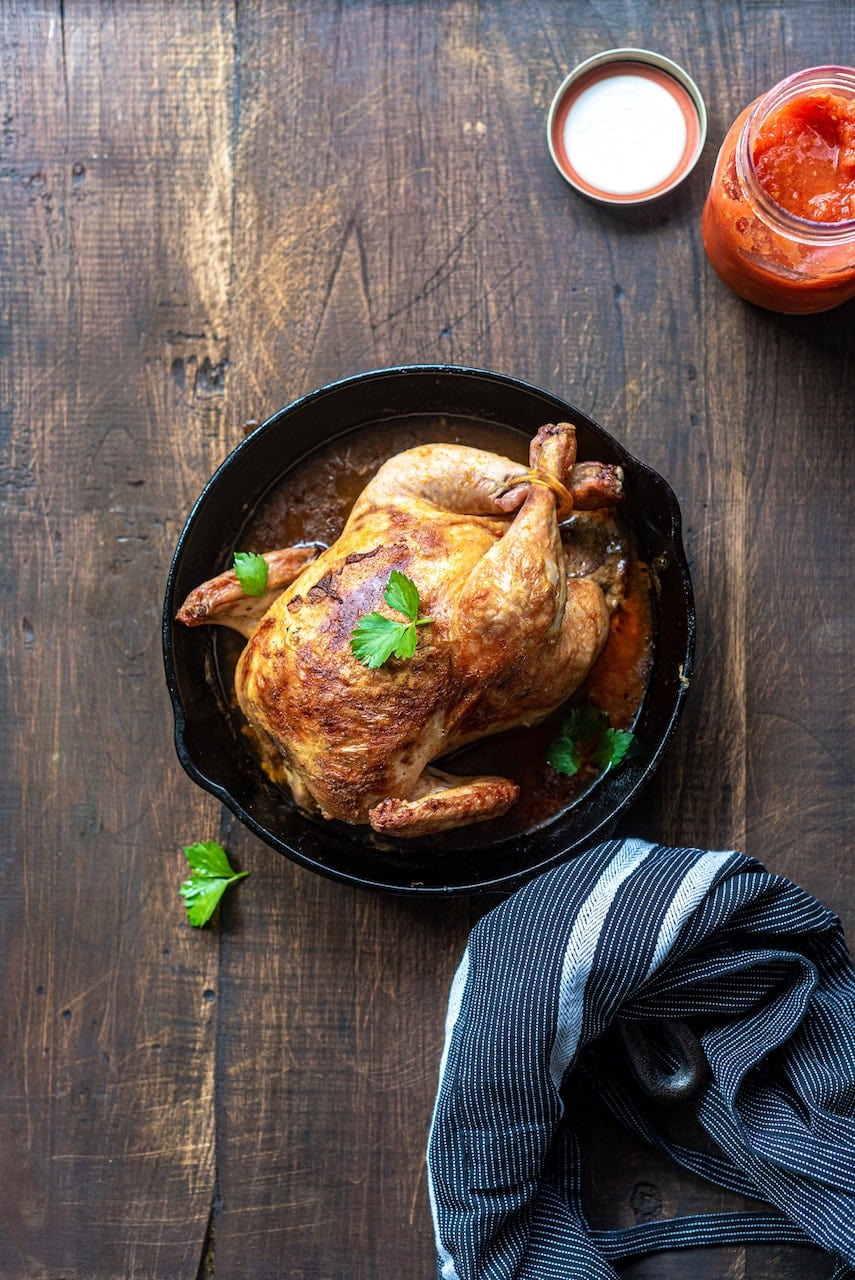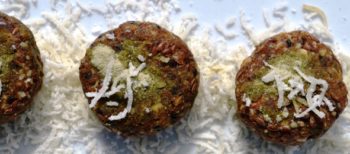The Basics on Types of Salt
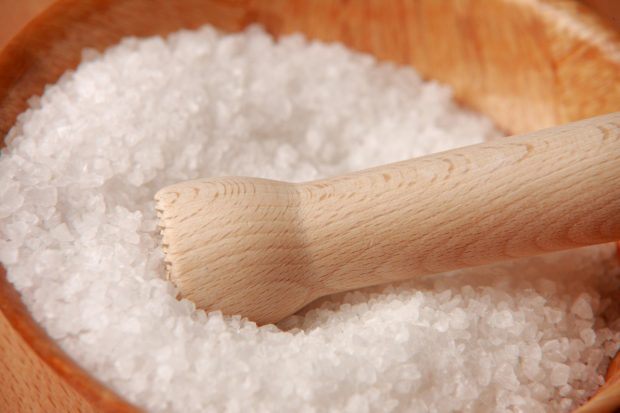
Salt is by far one of the most utilized ingredients in the world! And, one of the most varied. Understanding the basics on types of salt plays an important role in cooking and finished dishes. Not only is the proper amount a factor but the type of salt makes all the difference.
Ancient Greeks often traded in salt. Roman soldiers, at times, were partially paid in salt. Today, salt is used in manufacturing, medicine, and most commonly, in the kitchen. Here, the basics on types of salt for kitchen use and tips for when and how to use them.
Types of Salt
- Table Salt
- Commonly referred to as iodized salt, this fine salt has additives to prevent caking and as history tells us for some medical purposes. Most table salt is mined or extracted from subterranean salt deposits.
- From a cooking perspective, table salt has an overly salty taste and is easy to overuse. I do not use table salt any longer, though I grew up on it. My mom never used any other kind.
- Kosher Salt
- Contains no additives and is applied to meats as part of the process of making the meat consistent with kosher principles.
- Kosher salt can be used interchangeably with a simple sea salt.
- Sea Salt
- Water evaporates from shallow salt beds along coastlines creating large salt crystals.
- The varying ocean region results in different types of sea salt. Not all sea salt has the same flavor, color, or texture. See further notes below on sea salt recommendations.
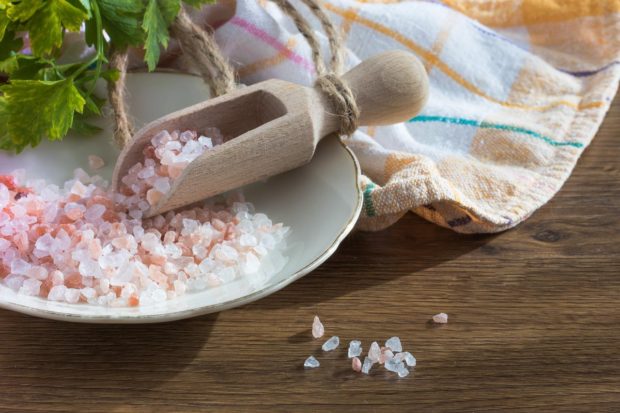
Salt : What to Use and When
- As noted above, I rarely, if ever, use table salt because of its overly salty nature and additives.
- Kosher salt is my preferred cooking salt. Or, a basic fine or coarse ground sea salt can also be used. Use a fine sea salt for cooking. Coarser sea salt may be used as a finishing salt.
- Other salt’s recommended uses are primarily as “finishing salts”. Add a pinch to dishes just prior to or after serving. Suggestions include: salads, freshly prepared vegetables, pasta dishes, and other cooked entrees.
- Sel Gris
- Known as a gray salt from France, the color and distinctive flavor are derived from the salt bed minerals.
- A specialty salt used as a finishing salt.
- Fleur de Sel
- A finishing salt that is a derivative of Sel Gris. Rare, white crystals form and are carefully collected.
- A flavorful salt used to compliment most any prepared dish. >> RECIPE: PARCHMENT POACHED HALIBUT
- Maldon Sea Salt
- Sea water is boiled to form hollow crystals that are easily crushed.
- This sea salt is super light and flavorful. Best uses are when you seek just a hint of added flavor.
- Hawaiian Red and Black Sea Salt
- These salts have a more robust flavor. Primary recommended uses are for heartier meat and fish dishes. Heartier dishes can sustain the iron and sulfer tastes and aromas. >> RECIPE: WILD BOAR SAUSAGE WITH SUNDRIED TOMATO RAGOUT
- Pink Himalayan Sea Salt
- One of my favorite sea salts, this salt can be very salty. Use sparingly in light dishes such as mixed greens and other salads. >> RECIPE: SHREDDED BRUSSELS SPROUTS SALAD
Enjoy more Recipes, Cookbooks, Real Estate and Lifestyle Tips:
- For more metabolism boosting guidelines and recipes, buy a copy of the Boost Your Metabolism cookbook
- Enjoy Susan Irby’s Home Chat for Real Estate, Home Decor, and Lifestyle tips.
- Subscribe to my bi-weekly newsletter at Susan Irby’s Newsletter
- Need help Buying or Selling a home? Irby Real Estate Group is ready to help you!
Note: The Center for Disease Control and other health organizations recommend no more than 2,300 milligrams of sodium per day.
